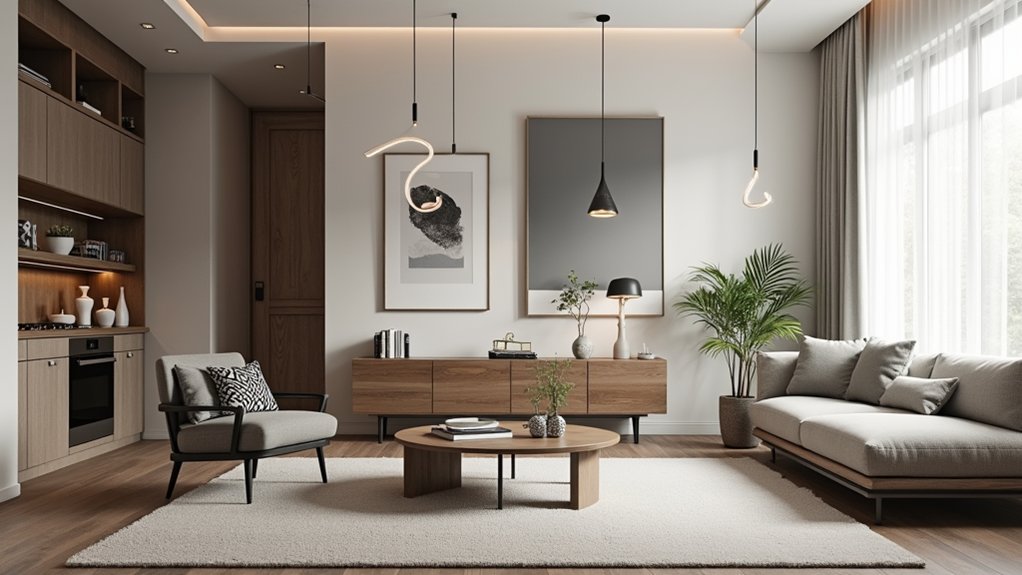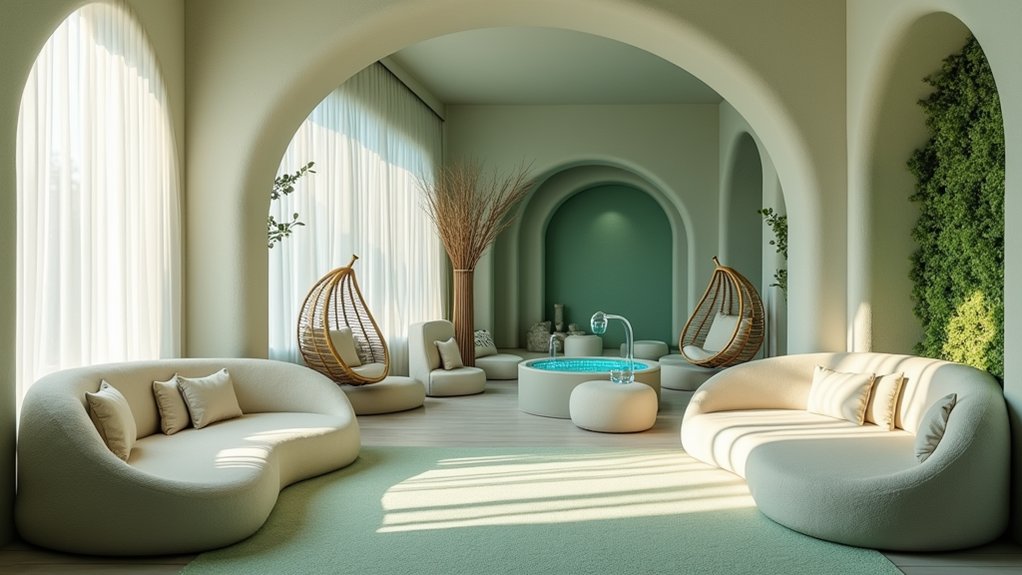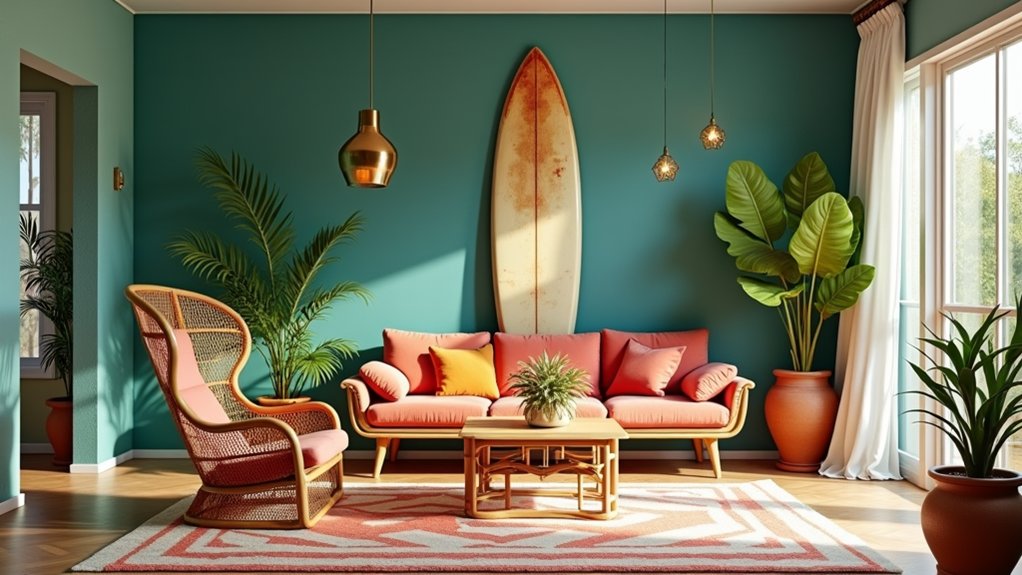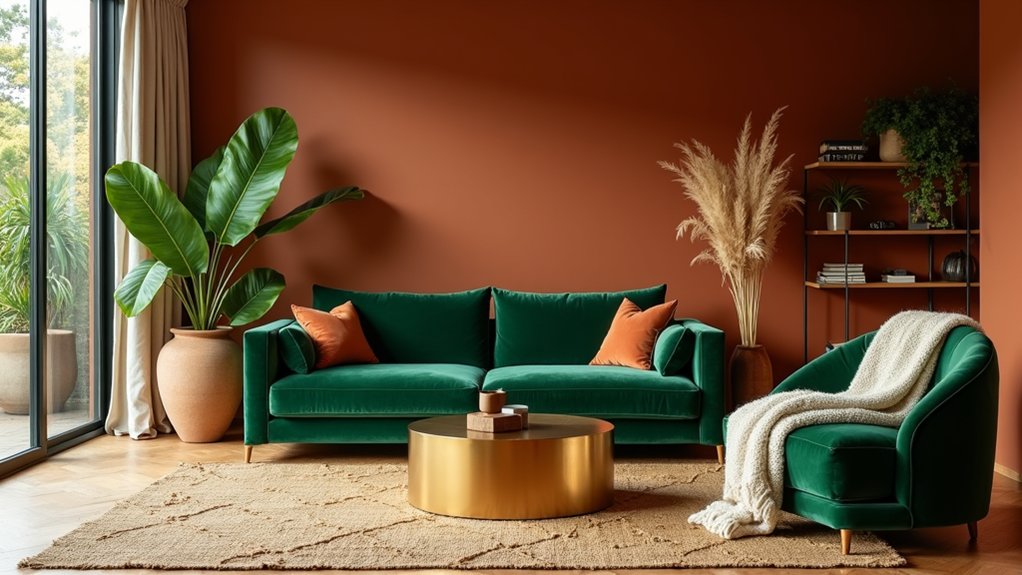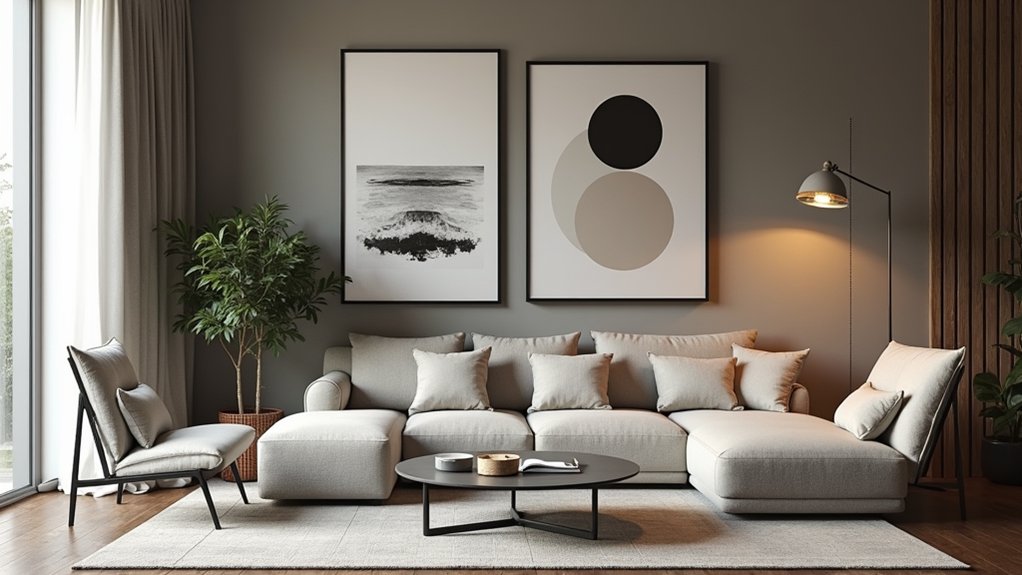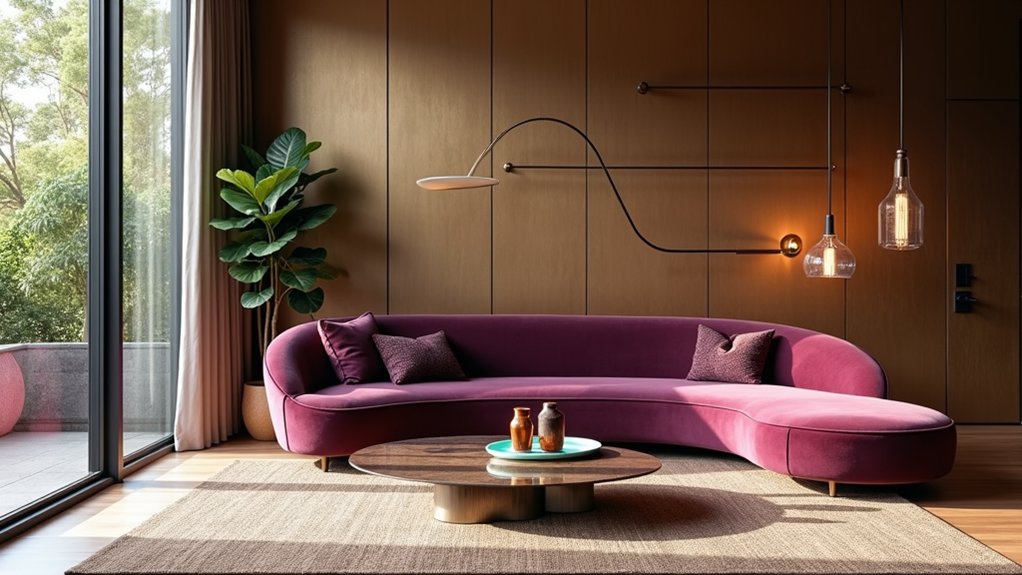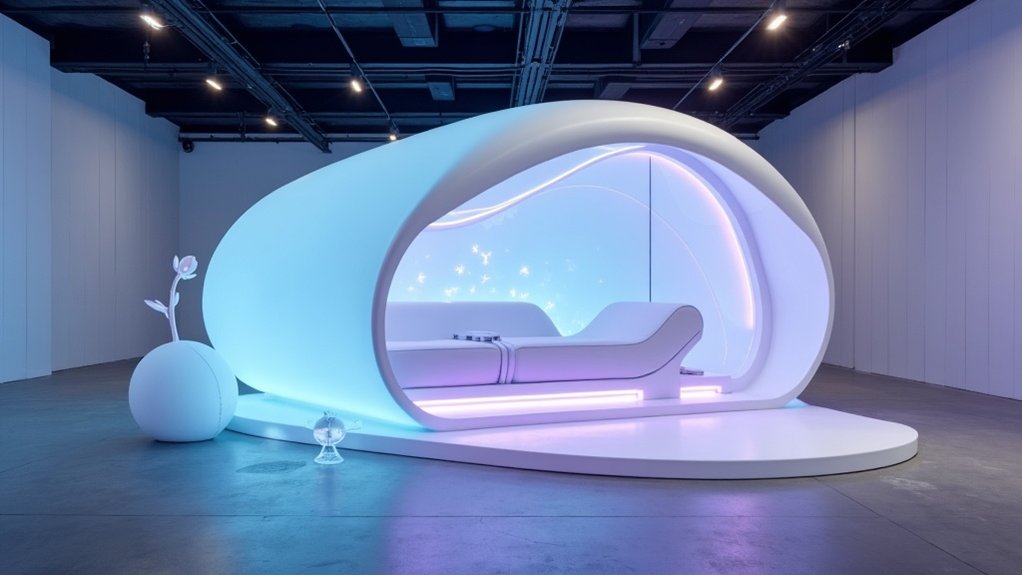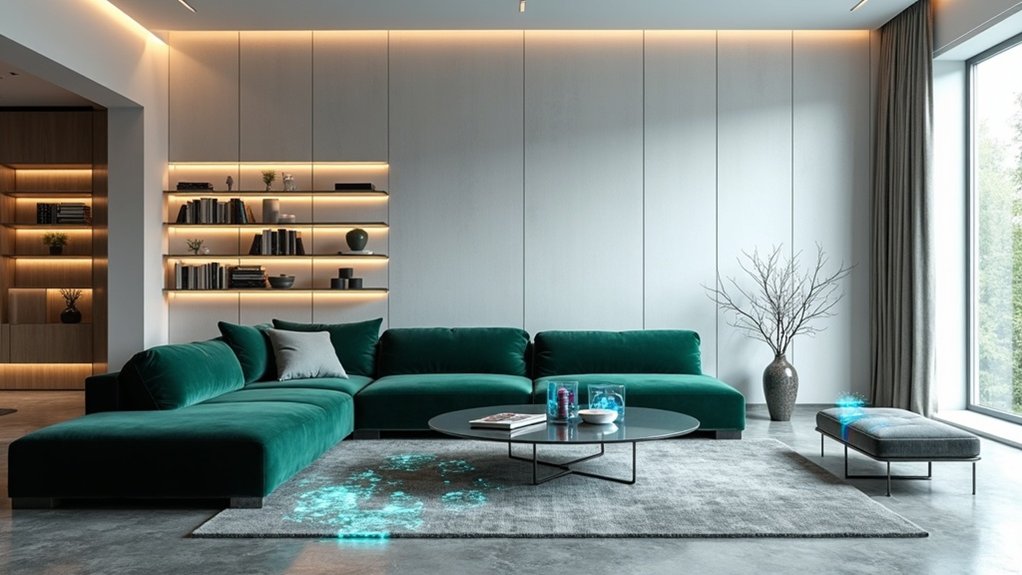The scenery of design has undergone a seismic shift since the early 2010s, transforming from skeuomorphic complexities to bold, minimalist statements that define our digital era. The emergence of flat design marked a pivotal moment, as industry giants like Microsoft and Apple abandoned realistic textures in favor of simplified, vibrant aesthetics that would dominate the decade.
Design's dramatic evolution from skeuomorphic detail to minimalist clarity reflects our shifting digital landscape and modern aesthetic sensibilities.
Among the most intriguing yet short-lived trends was the vaporwave aesthetic movement of 2010-2011. This distinctive style, born from electronic music culture, merged warm gradients with vintage iconography to create a retro-futuristic visual language that enchanted designers and artists alike. While its pure form may have faded, its influence continues to ripple through contemporary design, particularly in the domain of digital art and interface design. The introduction of Adobe Photoshop in 1990 revolutionized digital design capabilities, paving the way for these complex aesthetic movements. The rise of Bauhaus principles in digital interfaces brought a renewed focus on minimalism and geometric shapes, influencing modern UI design approaches. Similarly, the recent resurgence of maximalism in interior design showcases a cultural shift towards personal expression and storytelling.
The dramatic typography transformation of 2015 introduced another bold approach, featuring monumental titles and distinctive typefaces that pushed conventional boundaries. This trend challenged traditional navigation frameworks by hiding content below the fold, creating immersive experiences that prioritized visual impact over immediate information access.
The democratization of design tools revolutionized the industry's environment, as platforms like Figma and InVision made sophisticated design capabilities accessible to a broader audience. This accessibility, coupled with the responsive design revolution of 2013, fundamentally altered how designers approached their craft, ensuring seamless experiences across diverse devices and screen sizes.
Social media's influence, particularly following Instagram's 2010 launch, catalyzed a shift toward concise messaging and striking imagery. This evolution demanded that designers create content that could perform effectively across multiple platforms while maintaining visual coherence and engagement.
The subsequent rise of engagement-focused design in 2015 further emphasized the importance of interactivity and clear calls-to-action within simplified layouts.
These transformative trends, while some proved fleeting, collectively shaped the modern design environment. Their legacy lives on in contemporary practices, reminding us that even short-lived innovations can leave lasting impressions on the evolution of digital aesthetics.
